In 1895, tensions between Japan and China over control of Korea had flared into all-out war when the Japanese attacked a Chinese troopship and its escorts. World opinion was that the Japanese were doomed by the much larger Chinese Beiyang Fleet, but when the two forces met at the Battle of the Yalu River, the Japanese emerged victorious thanks to better training and more modern ships. The Chinese ships fell back to their base at Lushunkou, better known in the west as Port Arthur.
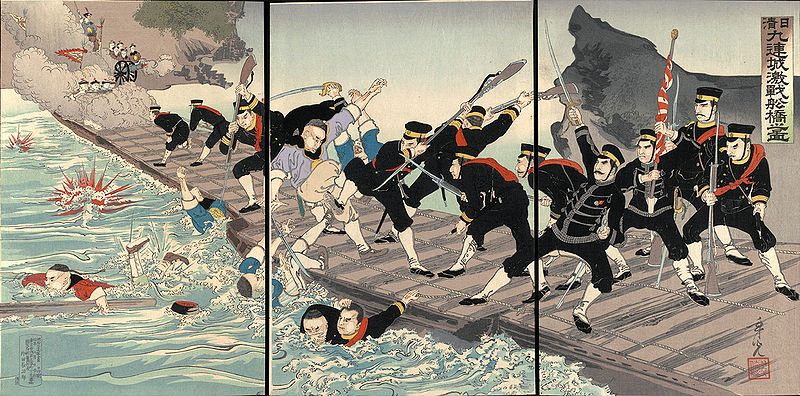
A month after their victory at sea, the Japanese crossed the Yalu River itself only to find that the Chinese army had mostly fled. The same day, troops landed to begin the siege of Lushunkou itself. Admiral Ding, commander of the Beiyang Fleet, was ordered to withdraw to Weihaiwei, leaving behind the only drydock capable of holding his battleships. This proved to be disastrous when Zhenyuan ran onto a rock while entering Weihaiwei harbor and had to be beached due to the lack of repair facilities. In early November, the Japanese cut the last land links between Lushunkou and the outside world. However, the heavily fortified naval base was considered nearly impregnable, and it was expected the Japanese would have a long fight on their hands.
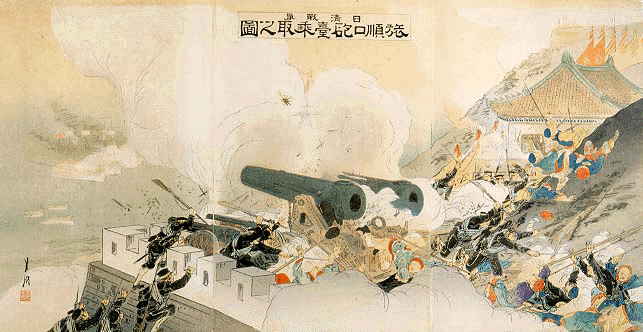
As before, this expectation failed to take into account the corruption and general disorder of the Chinese. Most of the officers fled Lushunkou on the few remaining ships on the night of November 20th as the Japanese began to probe at the defenses. Early on the 21st, the Japanese stormed the defenses, carrying them at surprisingly little cost to themselves. A key component of this was a daring raid by torpedo boats who passed through a minefield and into the inner harbor, allowing them to pour machine gun fire into the back of the defenders. By the 22nd, the last of the Chinese forces had fled or surrendered.
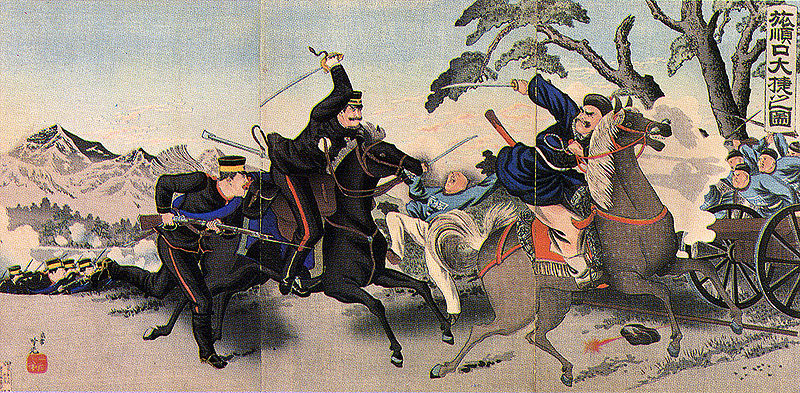
In the west, the speed of the Japanese victory was astonishing, and swung world opinion firmly behind Japan. However, they were unable to capitalize on their triumph due to the behavior of their troops. In a foretaste of the horrors they would visit on China a half-century later, thousands of civilians and POWs were massacred in the days after Lushunkou fell, drawing condemnation from the West.
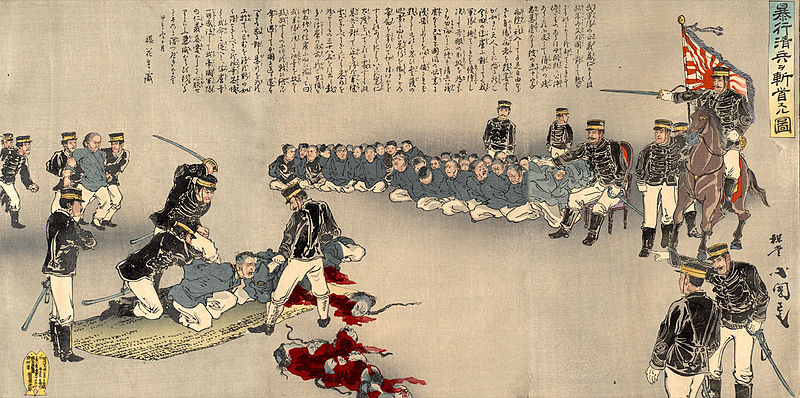
The next target of the Japanese was Weihaiwei. Besides eliminating the remains of the Beiyang Fleet, taking Weihaiwei would allow the Japanese to control the Bohai Strait and cut Beijing off from the sea. Weihaiwei was also heavily fortified, with booms across the entrances preventing the Japanese from sailing in and extensive fortifications facing both land and sea. The Japanese landed in mid-January, and soon had the fortifications invested from the landward side, while their fleet's patrols kept it sealed from the sea. On January 30th, the Japanese launched an attack on the landward fortifications, supported by the guns of their ships, and the Chinese fought as poorly as they had at Lushunkou, surrendering their positions after a few hours. To capitalize upon their success, they decided to launch a torpedo attack on the Chinese fleet, sneaking sixteen small torpedo boats through a gap in the boom under the guns of the newly-captured forts. This plan came to naught when the gunners manning the fort mistook them for the Chinese and opened fire.
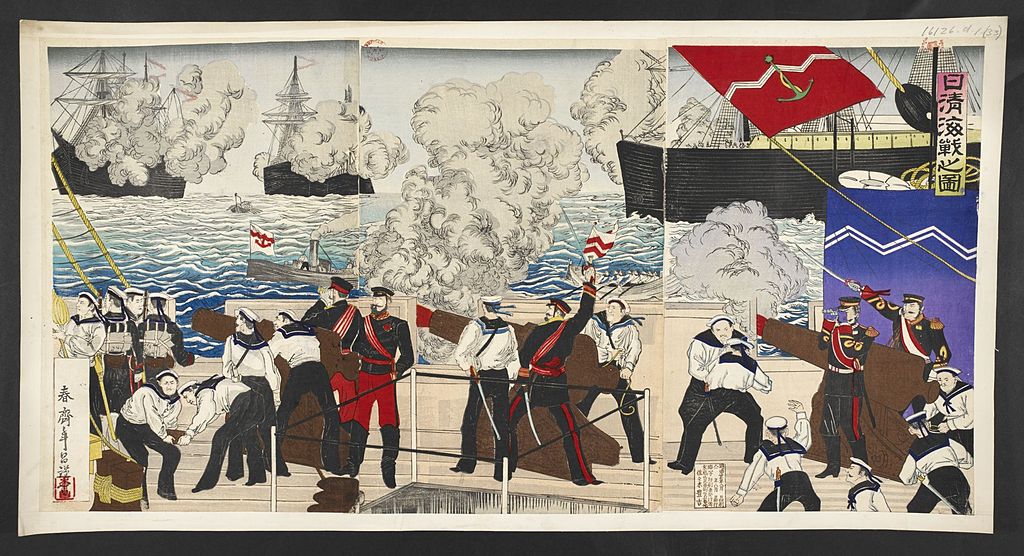
The standoff continued for the next few days. The Japanese frequently bombarded the remaining forts without much success, and several of their ships were damaged in the process. On February 4th, a group of Japanese torpedo boats attempted to penetrate the harbor under cover of darkness. Two touched rocks on the way in, and were forced to retreat, while the boats that penetrated the harbor found their torpedoes to be unreliable, probably due to the extreme cold. One ran aground and had to be abandoned, while another was sunk by Chinese fire. Several others took damage, and they scored only a pair of hits on the Chinese ships.
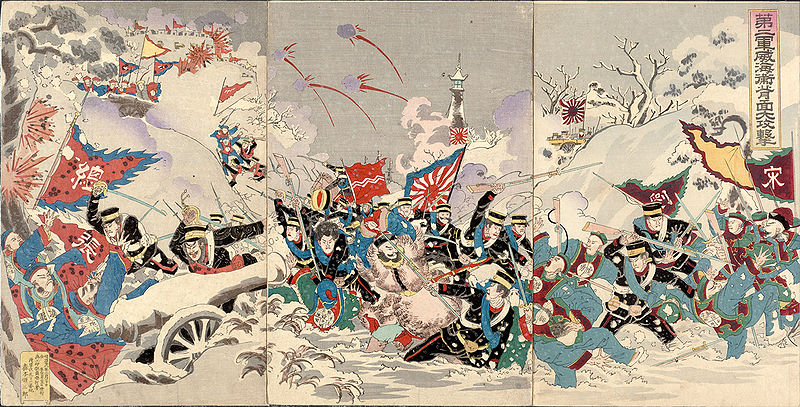
A second attack, three days later, was more successful. Dingyuen was badly damaged and several smaller vessels were sunk at a cost of two more Japanese torpedo boats. The crews of the remaining Chinese torpedo boats decided to make a break for safety the next night, but the poor condition of their engines and boilers meant that the Japanese were able to capture or sink all 12.
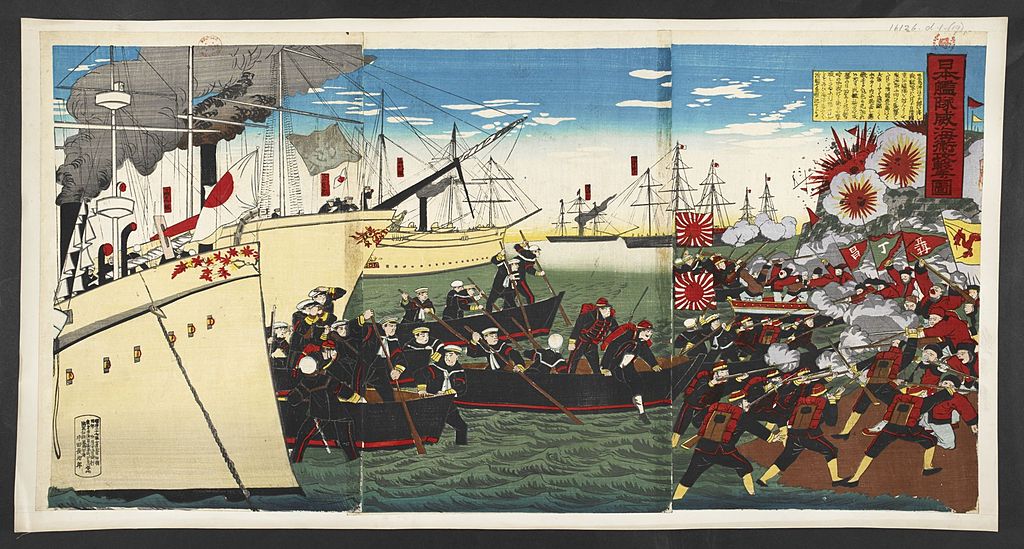
The next four days saw more Chinese ships sunk, and more forts falling to the Japanese. Their commander, Admiral Ito Sukeyuki, appealed to Admiral Ding, who was a personal friend, to surrender and accept asylum in Japan until the end of the war. Ding declined, choosing to commit suicide instead. The responsibility of surrender instead fell on Admiral John McClure of Scotland, who managed to convince the Japanese to release all of those they captured in exchange for taking the base, stores and remaining ships intact.1
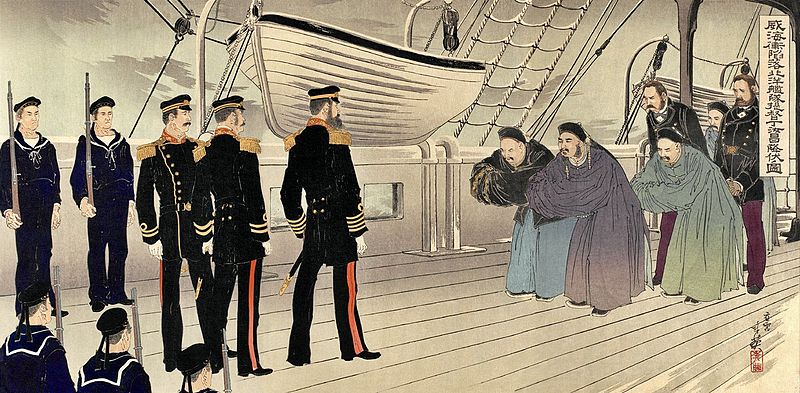
The Japanese set about adding as many Chinese vessels as possible to their own navy. Zhenyuan was the most powerful of the vessels, becoming Chin'en, the first battleship of the Imperial Japanese Navy. Other captured ships were the gunboats Pingyuan and Tsao-kiang, and the cruiser Jiyuan.
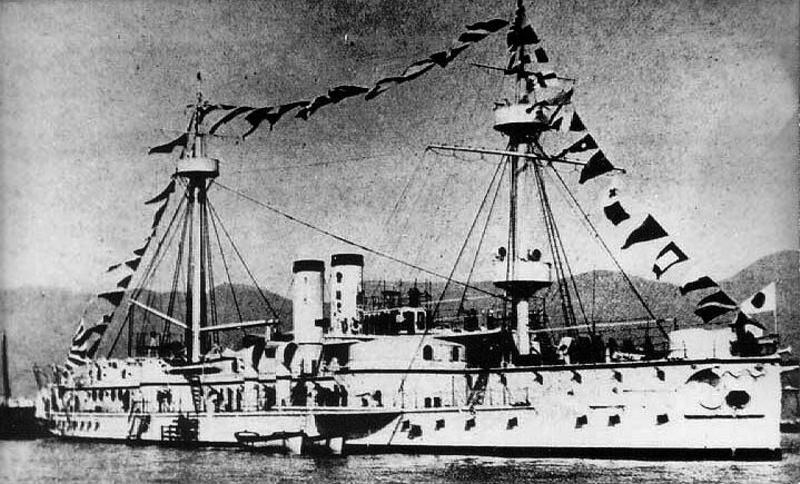
Chin'en in Japanese service
With the fall of Weihaiwei, the war was drawing to a close. The Chinese navy had been destroyed, and the Japanese were in a position to cut Beijing off from seaborne trade. A last battle in early March marked the end of the land campaign, and later in the month, they launched a series of amphibious operations to secure the Pescadores Islands. In mid-April, the Treaty of Shimonoseki was signed, bringing an end to the war. This treaty recognized Korean independence (in fact, it soon became a Japanese protectorate), ceded the Pescadores, Formosa (Taiwan), and Lushunkou to Japan, and forced China to pay a war indemnity that today would be valued at about $5 billion. There were also commercial concessions, essentially duplicating those extracted by the European powers in the infamous unequal treaties and guaranteeing Japanese access to the Chinese interior.
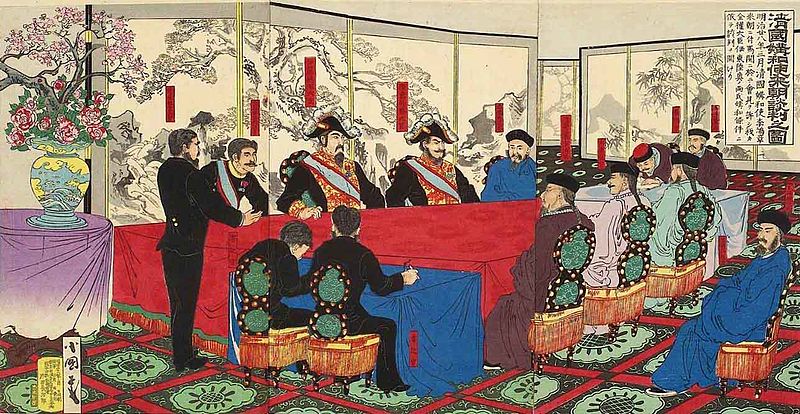
While Japan was the clear victor, western powers with interests in China were disturbed and sought to curb its gains. The Triple Intervention by Russia, France and Germany forced Japan to give up Lushunkou, which the Russians then leased from the Chinese as Port Arthur. This insult set the stage for the Russo-Japanese War a decade later, which would see the emergence of Japan as a great power.
But first, we must look to the other side of the Pacific, where another war would place the United States firmly on a collision course with the newly-ambitious Japanese.
1 As an interesting note, beginning in 2003, the Chinese built a 1:1 replica of Dingyuan, which is currently berthed in Weihai (as Weihaiwei is now known). This is the only replica I know of of an iron warship, and it's one I want to visit some day. ⇑

Comments
Fascinating stuff. I am a bit confused about Admiral John McClure, and skimming through his Wikipedia page didn't help. How exactly did a Scottish merchant mariner become an Admiral in the Imperial Chinese Navy?
I don't know all of the details on McClure specifically, but that sort of thing wasn't uncommon at the time. Particularly outside of Europe, organization was quite flexible, so if you found yourself in the Far East and convinced the local potentate that you knew what you were doing, you could rise quite high. There were lots of European advisors at Yalu River, too, most notably Philo McGiffin.
The sad state of the 19th cent Chinese navy could fill several posts.
I think the most iconic example was shells filled with concrete, because the explosive had been stolen by procurement.